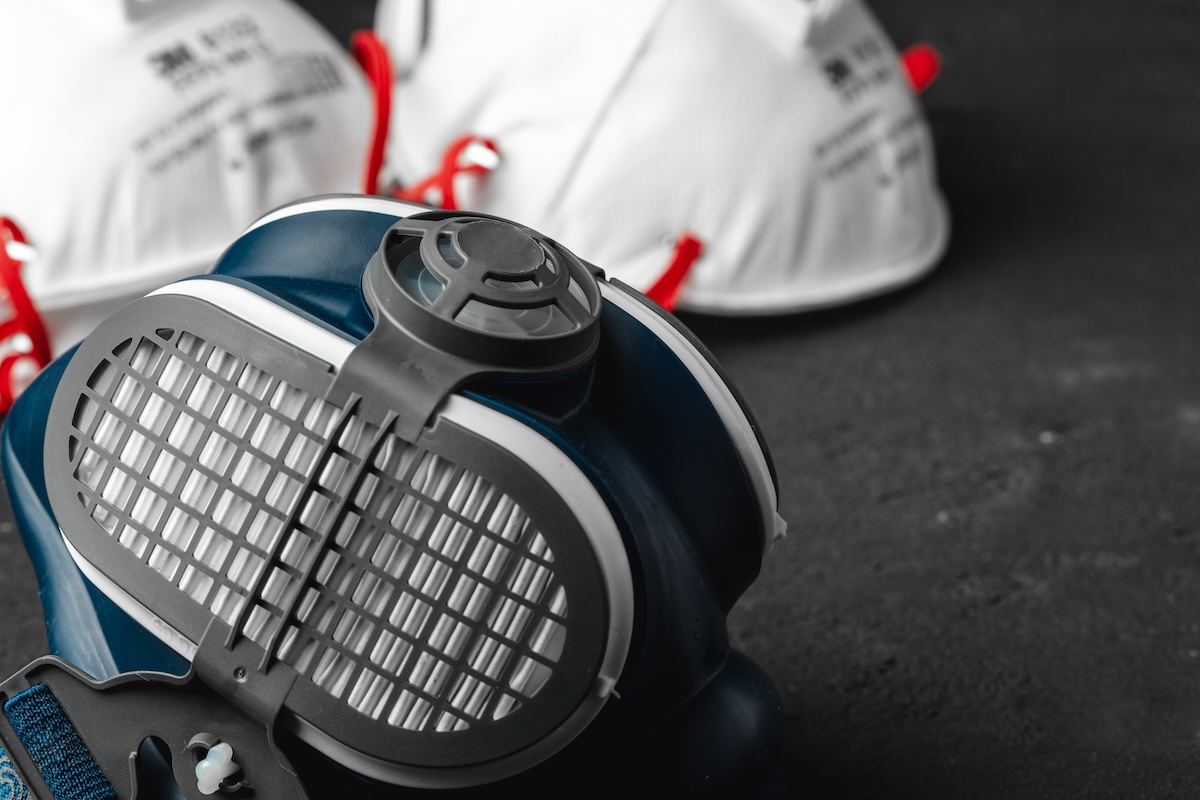
The Ultimate Guide to RPE Care, Maintenance & Compliance
Discover how to clean, store, and maintain your RPE. Learn filter replacement rules, fit testing tips, common mistakes, and UK workplace safety regulations.
From Disposable Masks to Powered Respirators – How to Stay Safe, Legal, and Comfortable
Breathing clean air isn’t optional — it’s your right, your responsibility, and your last line of defence against a range of occupational hazards. Whether you're working on a demolition site thick with dust or applying coatings in a ventilated spray booth, RPE (Respiratory Protective Equipment) isn’t just another box to tick — it’s personal protection that can save your lungs, your health, and even your life.
This guide is your one-stop reference for understanding, choosing, and maintaining the right RPE for the job. It’s packed with practical tips, regulatory advice, and links to recommended equipment from the Sunbelt Sales RPE range.
Contents
- Understanding the Different RPE Types
- Cleaning and Storing Reusable Masks Properly
- How and When to Replace Filters and Cartridges
- Identifying Damage in Masks and Respirators
- Best Practices for Powered Respirators
- Choosing the Right Filter for Specific Hazards
- Fit Testing and Comfort Considerations
- Avoiding the Most Common RPE Mistakes
- Staying Compliant with UK Safety Laws
- Recommended RPE Maintenance Tools & Kits
Understanding the Different RPE Types
RPE isn't one-size-fits-all — different tasks and hazards require different levels of protection. Here's a breakdown of the most commonly used types:
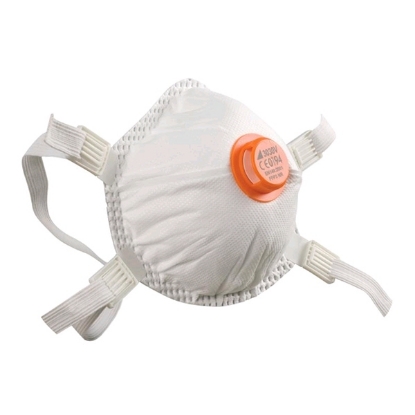 | Disposable Masks (FFP1, FFP2, FFP3):Disposable masks, also known as filtering facepieces (FFPs), are a lightweight and convenient option.
These are commonly used in construction, woodworking, and light industrial settings. |
Reusable Half Masks:Reusable half-face masks cover the nose and mouth, offering a more durable option for ongoing use.
They're a cost-effective choice for tradespeople and industrial workers who need consistent protection. | 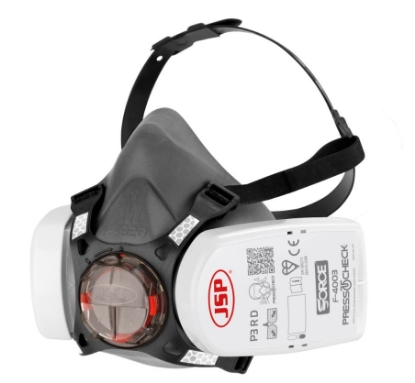 |
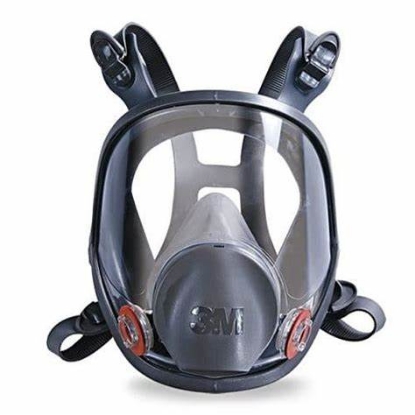 | Reusable Full-Face Masks:Full-face respirators offer a Higher protection factor than half masks but also shield the eyes and face from harmful substances.
|
Powered Respirators:Powered Air-Purifying Respirators (PAPRs) use a battery-powered blower to draw air through filters and deliver it to the wearer.
They're ideal when consistent airflow and maximum comfort are needed. | 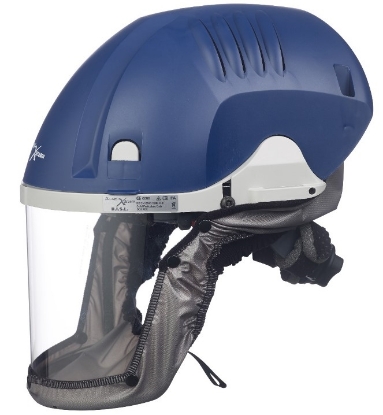 |
Cleaning and Storing Reusable Masks Properly
A dirty respirator is worse than useless — it could actively endanger your health. Below is a Guide, but please always refer to manufacturers instructions.
Cleaning steps:
|
| Storage tips:
|
How and When to Replace Filters and Cartridges
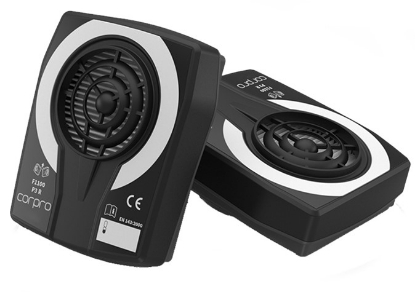 | Filters don’t last forever. Replace them when breathing becomes harder through breathing resistance or Inline with Manufacturer recommendations.
|
Identifying Damage in Masks and Respirators
1. Check the Face Seal
The face seal is crucial for preventing contaminated air from leaking into the mask.
Look for cracks, splits, or signs of brittleness, especially around the edges where the mask contacts the face.
A deformed or warped seal may prevent a tight fit, rendering the mask ineffective.
If your mask has been stored improperly (e.g. exposed to sunlight or heat), the seal may have deteriorated even if the mask hasn’t been used.
2. Inspect the Straps and Head Harness
Straps hold the mask in place and are essential for a secure fit.
Check for loss of elasticity, fraying, or breaks. Over time, straps can stretch or degrade, especially with frequent donning and doffing.
Ensure clips, buckles, or fasteners are still functioning and haven’t become loose or damaged.
A mask with poor strap tension can compromise the seal, even if the mask itself is in good shape.
3. Examine Valves and Housing
Valves help with airflow and prevent heat and moisture build-up.
Make sure inhalation and exhalation valves are clean, flexible, and free of debris or corrosion.
The valve seat and housing should be intact and sit flush without gaps.
Any signs of stiffness, cracking, or dirt buildup can impair function and should be addressed immediately.
Tip: If you’re ever in doubt about the condition of your RPE, it’s better to replace or service it than risk exposure. Even minor defects can lead to major protection failures in hazardous environments.
Not Sure what you are looking for, book our RPE users training now
Best Practices for Powered Respirators
1. Charge Batteries After Every Use
PAPRs rely on battery-powered blowers to circulate filtered air, and a flat battery means no protection.
Always fully charge the battery after each use, even if it wasn’t fully depleted.
Store batteries in a cool, dry location, away from direct sunlight or extreme temperatures to preserve lifespan.
Regularly inspect the battery connectors for dust or corrosion that might interfere with performance.
2. Clean Hoses, Headtops, and Helmets
Contaminants can build up on the internal and external surfaces of powered respirators over time.
Wipe down hoses, helmets, and visors using non-abrasive, alcohol-free disinfectant wipes or as per manufacturer instructions.
Avoid submerging electrical components; instead, use damp cloths to clean exterior surfaces.
Allow parts to air dry fully before reassembling and storing the unit to avoid mould or internal damage.
3. Check and Replace Filters Regularly
Filters are the heart of a respirator — and their performance drops as they become saturated.
Follow the manufacturer’s replacement schedule for particle, gas, or combined filters.
Check for signs of resistance, odour breakthrough, or visible contamination — all indicators it’s time to replace the filter.
Always use genuine replacement filters to ensure compatibility and maintain certification.
4. Alarm Tests and Flow Rate Checks
- Follow Manufacturers instructions on how to test battery and filter alarms (if applicable)
- Use Flow Rate indicator if included to ensure the unit is delivering sufficient airflow.
Proper maintenance isn’t just about longevity — it’s about staying safe. A well-cared-for powered respirator ensures consistent protection and comfort throughout your shift.
Choosing the Right Filter for Specific Hazards
| Filter Type | Protects Against |
|---|---|
| P1/P2/P3 | Dust, fibres, particulates |
| A | Organic vapours (solvents) |
| B | Inorganic gases |
| E | Acid gases |
| K | Ammonia/amine vapours |
Fit Testing and Comfort Considerations
Fit testing is legally required for all tight-fitting RPE under HSE INDG479. Fit testing should be conducted every 2 years, if physical changes occur (weight loss/gain, dental work) or changing of head mounted PPE (Safety glasses, ear defenders, etc)
If you would like to discuss Face-fit testing please email us RPE@sunbeltrentals.co.uk or click Face Fit Testing - RPE training and solutions | Sunbelt Rentals
More info: HSE Fit Testing Guidance
Avoiding the Most Common RPE Mistakes
1. Incorrect Orientation or Loose Straps
A respirator worn upside-down or with slack headbands cannot achieve the airtight seal it was designed for—much like trying to row a boat with a broken oar. The Health and Safety Executive (HSE) emphasises that a proper face-piece seal is your first line of defence against airborne hazards HSE. Best Practice:
Always position the metal noseband at the bridge of your nose (never below).
Pull one strap over the crown of your head and the other at the nape of your neck.
Mould the nosepiece by pressing firmly with both hands.
Perform a negative-pressure seal check: inhale sharply and confirm that the mask collapses slightly without any air ingress around the edges.
2. Using Expired or Incorrect Filter Cartridges
Filter cartridges carry a “use-by” date or a Manufacturers recommended change date and are rated for specific airborne hazards—particulates, chemical vapours, or a combination. An out-of-date or mismatched cartridge is like fitting winter tyres to a summer car: it simply won’t perform when needed.
Before each use, inspect the cartridge label for:
Expiry date (discard if past that date)
Hazard rating (ensure you have the right protection level for dust, fumes, organic vapours, etc.)
Store sealed cartridges in a cool, dry place and only unpackage them just prior to fitting.
3. Reusing Disposable Masks
Disposable respirators (e.g., FFP2 or FFP3) are qualified for one work shift only with the exception of those marked with a R (Re-usable). Attempting to stretch them over multiple shifts—particularly in humid or dusty conditions—degrades both the filtration medium and the face seal. In Great Britain, an estimated 12,000 annual lung-disease deaths are linked to past exposures at work, and roughly 4,000 of those are COPD fatalities likely exacerbated by inadequate respiratory protection.
Best Practice:
Discard any mask showing soiling, damp patches, or damage to straps.
- Change Frequently if removing regularly to maintain seal and mask integrity
If your work routinely fouls single-use masks, consider a reusable elastomeric respirator. These can be cleaned, disinfected, and fitted with fresh cartridges.
4. Storing RPE in Dirty or Damp Areas
Leaving your respirator in a locker alongside greasy overalls or in a toolbox is akin to banking on a leaky umbrella in a downpour—it simply won’t keep you dry. Dust, oils, and moisture can compromise filter integrity and rubber seals over time. HSE guidance recommends cleaning your RPE after each use and storing it in a dedicated, sealable container or RPE bag away from direct sunlight and extreme temperatures.
Best Practice:
Wipe the face-piece and harness with a soft cloth dampened in mild detergent.
Rinse or wipe again to remove any residue, then air-dry fully.
Store in a rigid, clean box or purpose-made pouch, ready for the next deployment.
Staying Compliant with UK Safety Laws
Under COSHH 2002, employers must:
- Provide suitable, certified RPE for the risk.
- Maintain RPE and keep records of inspections.
- Train users on fitting, use, and care.
- Conduct fit testing for tight-fitting RPE.
See full HSE guidance: RPE at Work (HSG53)
Recommended RPE Maintenance Tools & Kits
- Cleaning sprays and wipes
- Storage cases or bags
- Spare filters, seals, and valves
- Fit test kits and accessories
Breathe Easy. Stay Protected. Be Prepared.
Explore our full RPE range or contact the Sunbelt Sales team for expert guidance on staying safe, legal, and comfortable on the job.

